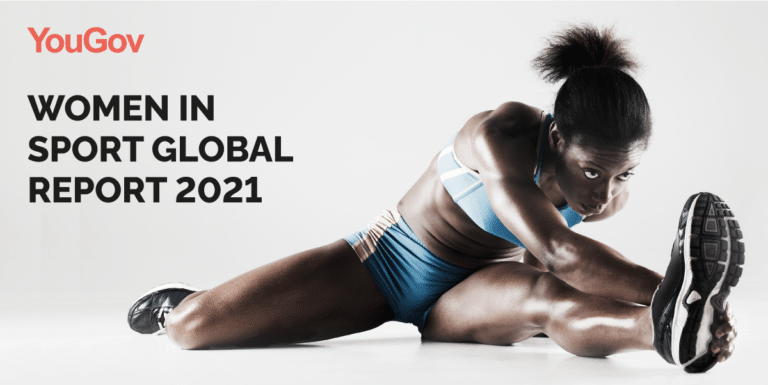One-third of people say that if there was more women’s sport on TV they would definitely watch it, and “lack of coverage, its low profile and a lack of knowledge is holding them back.”
It explains that the most-followed women’s sport in the world is football (soccer), followed by tennis, basketball and volleyball; and looks in-depth at high-profile sportspeople – and their potential value for advertisers.
Download the report for the opportunity to learn more about the growth in women’s sport and what it means for marketing specialists – finding, among other conclusions, “given the relative costs of sponsoring men’s vs. women’s sport, there is real value in the latter.”
The report finds that over the past five years, people have seen a range of improvements in terms of quality of women’s sports and the accessibility of their coverage. Nearly half say that sponsorship of women’s sport has improved, and the whitepaper finds that people “are just as well-disposed to sponsors of women’s sport as they are to sponsors of men’s.”
In fact, a third of women look favourably on a brand sponsoring women’s sport, which it says is “a good bet for marketers”.
However 69% still see inequality in women’s sport, with men and women alike agreeing that female athletes and their sporting endeavours are treated more poorly.
The whitepaper goes on to look at the popularity of men’s and women’s sports worldwide, motivations and challenges for interest in women’s sports, and engagement in particular sports and competitions.
Ultimately it concludes that there remains a “classic marketing conundrum”. Women’s sport represents a solid product with unmet demand. It says: “The challenge for sports marketers is to find a way to bring them together. To that end, we hope the data we present in our report represents a useful starting point.”
To download the full report, fill out the form below, and gain unique insights into the role of marketing in women’s sport.












